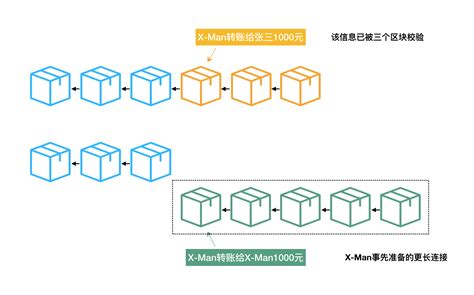Blockchain technology has gained significant attention due to its potential to revolutionize various industries, from finance to healthcare and beyond. Designing a blockchain involves several crucial steps to ensure its security, efficiency, and functionality. Below are the key steps involved in the design process:
Before diving into the technical aspects, it's essential to identify the specific problem or use case the blockchain will address. Whether it's supply chain management, identity verification, or decentralized finance, clarifying the use case helps in determining the requirements and functionalities of the blockchain.
Consensus mechanisms are protocols that ensure all nodes in a decentralized network agree on the validity of transactions. Popular mechanisms include Proof of Work (PoW), Proof of Stake (PoS), Delegated Proof of Stake (DPoS), and Practical Byzantine Fault Tolerance (PBFT). Selecting the appropriate consensus mechanism depends on factors like scalability, energy efficiency, and decentralization goals.
The network architecture defines how nodes communicate and interact within the blockchain network. Design considerations include whether the network will be public or private, the number of nodes, and the communication protocols. Public blockchains allow anyone to join and participate, while private blockchains restrict access to authorized entities.
The data structure of a blockchain determines how transactions are recorded and organized into blocks. The most common data structure is a linked list of blocks, where each block contains a hash pointer to the previous block, creating an immutable chain. Other data structures, such as Merkle trees, may be used to efficiently verify the integrity of transactions.

Various blockchain platforms, such as Ethereum, Hyperledger, and Corda, offer different features and capabilities suited for specific use cases. Selecting the right platform depends on factors like scalability requirements, programming language support, and interoperability with existing systems. Additionally, developers need appropriate tools and frameworks for smart contract development, testing, and deployment.
Smart contracts are selfexecuting contracts with the terms of the agreement directly written into code. They automate processes and transactions on the blockchain, eliminating the need for intermediaries. When designing smart contracts, it's crucial to define the contract logic, data structures, and security considerations to prevent vulnerabilities and exploits.
Security is paramount in blockchain design to protect against various threats, including doublespending, 51% attacks, and smart contract vulnerabilities. Measures such as cryptographic algorithms, multifactor authentication, rolebased access control, and code audits help mitigate risks and ensure the integrity and confidentiality of data.
Once the blockchain is developed, thorough testing is essential to identify and resolve any bugs or issues. Testing methodologies include unit testing, integration testing, and stress testing to validate the performance and resilience of the system. Continuous iteration based on feedback and realworld usage improves the blockchain's reliability and efficiency over time.
Deployment involves launching the blockchain network and making it accessible to users or participants. Whether deploying onpremises or on cloud infrastructure, proper configuration and monitoring are necessary to ensure uptime, scalability, and security. Ongoing maintenance involves regular updates, patches, and monitoring for any emerging threats or vulnerabilities.
Designing a blockchain involves a systematic approach encompassing use case definition, consensus mechanism selection, network architecture design, data structure definition, platform and tool selection, smart contract design, security implementation, testing, deployment, and maintenance. By following these steps, developers can create robust and secure blockchain solutions tailored to specific business needs and industry requirements.
版权声明:本文为 “联成科技技术有限公司” 原创文章,转载请附上原文出处链接及本声明;

